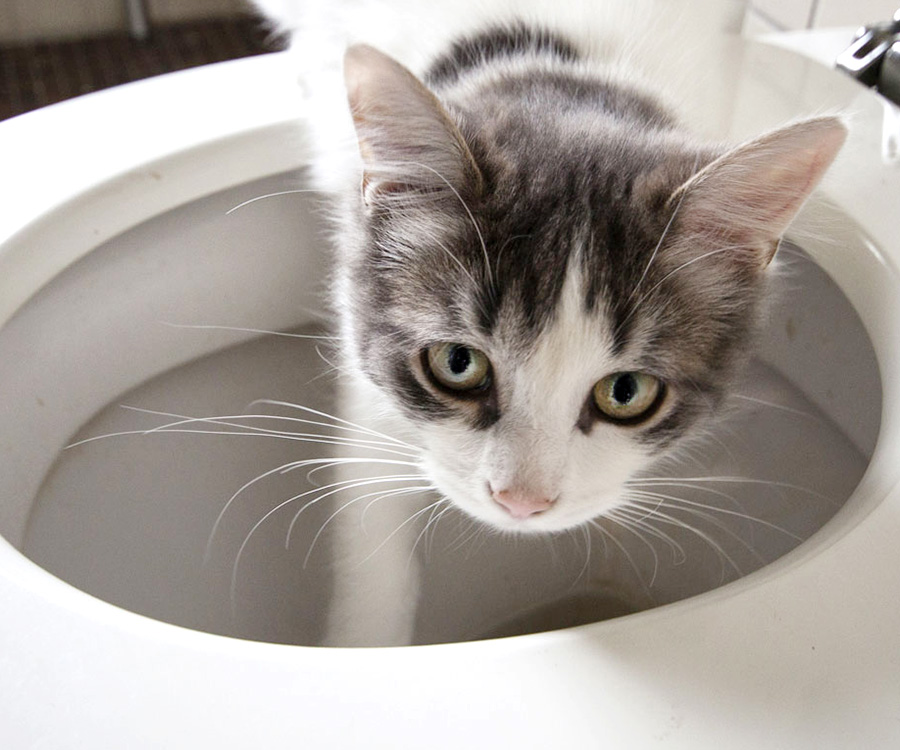Dangers of Disposing Cat Poop in Your Toilet - Precautionary Measures
Dangers of Disposing Cat Poop in Your Toilet - Precautionary Measures
Blog Article
This article down below about How to Dispose of Cat Poop and Litter Without Plastic Bags is rather interesting. Have a go and draw your own personal final thoughts.

Introduction
As pet cat owners, it's essential to bear in mind how we dispose of our feline pals' waste. While it may appear hassle-free to flush feline poop down the commode, this method can have destructive consequences for both the setting and human health.
Environmental Impact
Purging pet cat poop introduces damaging virus and bloodsuckers into the supply of water, posturing a substantial risk to aquatic communities. These pollutants can adversely affect aquatic life and concession water high quality.
Wellness Risks
In addition to environmental problems, flushing cat waste can additionally position health dangers to humans. Pet cat feces may have Toxoplasma gondii, a parasite that can create toxoplasmosis-- a potentially serious illness, specifically for pregnant ladies and people with weakened immune systems.
Alternatives to Flushing
Luckily, there are safer and a lot more liable ways to throw away pet cat poop. Consider the complying with options:
1. Scoop and Dispose in Trash
One of the most usual method of getting rid of feline poop is to scoop it right into a naturally degradable bag and toss it in the garbage. Make sure to use a committed trash scoop and get rid of the waste promptly.
2. Use Biodegradable Litter
Choose biodegradable feline litter made from materials such as corn or wheat. These clutters are environmentally friendly and can be safely dealt with in the garbage.
3. Hide in the Yard
If you have a lawn, take into consideration burying pet cat waste in a marked area away from vegetable yards and water resources. Be sure to dig deep adequate to avoid contamination of groundwater.
4. Mount a Pet Waste Disposal System
Invest in a family pet garbage disposal system especially designed for cat waste. These systems use enzymes to break down the waste, decreasing odor and environmental impact.
Conclusion
Responsible pet possession expands past supplying food and shelter-- it additionally involves correct waste monitoring. By refraining from purging pet cat poop down the commode and opting for alternate disposal techniques, we can lessen our ecological impact and shield human wellness.
Why Can’t I Flush Cat Poop?
It Spreads a Parasite
Cats are frequently infected with a parasite called toxoplasma gondii. The parasite causes an infection called toxoplasmosis. It is usually harmless to cats. The parasite only uses cat poop as a host for its eggs. Otherwise, the cat’s immune system usually keeps the infection at low enough levels to maintain its own health. But it does not stop the develop of eggs. These eggs are tiny and surprisingly tough. They may survive for a year before they begin to grow. But that’s the problem.
Our wastewater system is not designed to deal with toxoplasmosis eggs. Instead, most eggs will flush from your toilet into sewers and wastewater management plants. After the sewage is treated for many other harmful things in it, it is typically released into local rivers, lakes, or oceans. Here, the toxoplasmosis eggs can find new hosts, including starfish, crabs, otters, and many other wildlife. For many, this is a significant risk to their health. Toxoplasmosis can also end up infecting water sources that are important for agriculture, which means our deer, pigs, and sheep can get infected too.
Is There Risk to Humans?
There can be a risk to human life from flushing cat poop down the toilet. If you do so, the parasites from your cat’s poop can end up in shellfish, game animals, or livestock. If this meat is then served raw or undercooked, the people who eat it can get sick.
In fact, according to the CDC, 40 million people in the United States are infected with toxoplasma gondii. They get it from exposure to infected seafood, or from some kind of cat poop contamination, like drinking from a stream that is contaminated or touching anything that has come into contact with cat poop. That includes just cleaning a cat litter box.
Most people who get infected with these parasites will not develop any symptoms. However, for pregnant women or for those with compromised immune systems, the parasite can cause severe health problems.
How to Handle Cat Poop
The best way to handle cat poop is actually to clean the box more often. The eggs that the parasite sheds will not become active until one to five days after the cat poops. That means that if you clean daily, you’re much less likely to come into direct contact with infectious eggs.
That said, always dispose of cat poop in the garbage and not down the toilet. Wash your hands before and after you clean the litter box, and bring the bag of poop right outside to your garbage bins.
https://trenchlesssolutionsusa.com/why-cant-i-flush-cat-poop/

I recently found that blog posting on Can You Flush Cat Poo or Litter Down the Toilet? when doing a lookup on the internet. Appreciated our write up? Please share it. Help someone else check it out. We appreciate reading our article about How to Dispose of Cat Poop and Litter Without Plastic Bags.
Book Now! Report this page